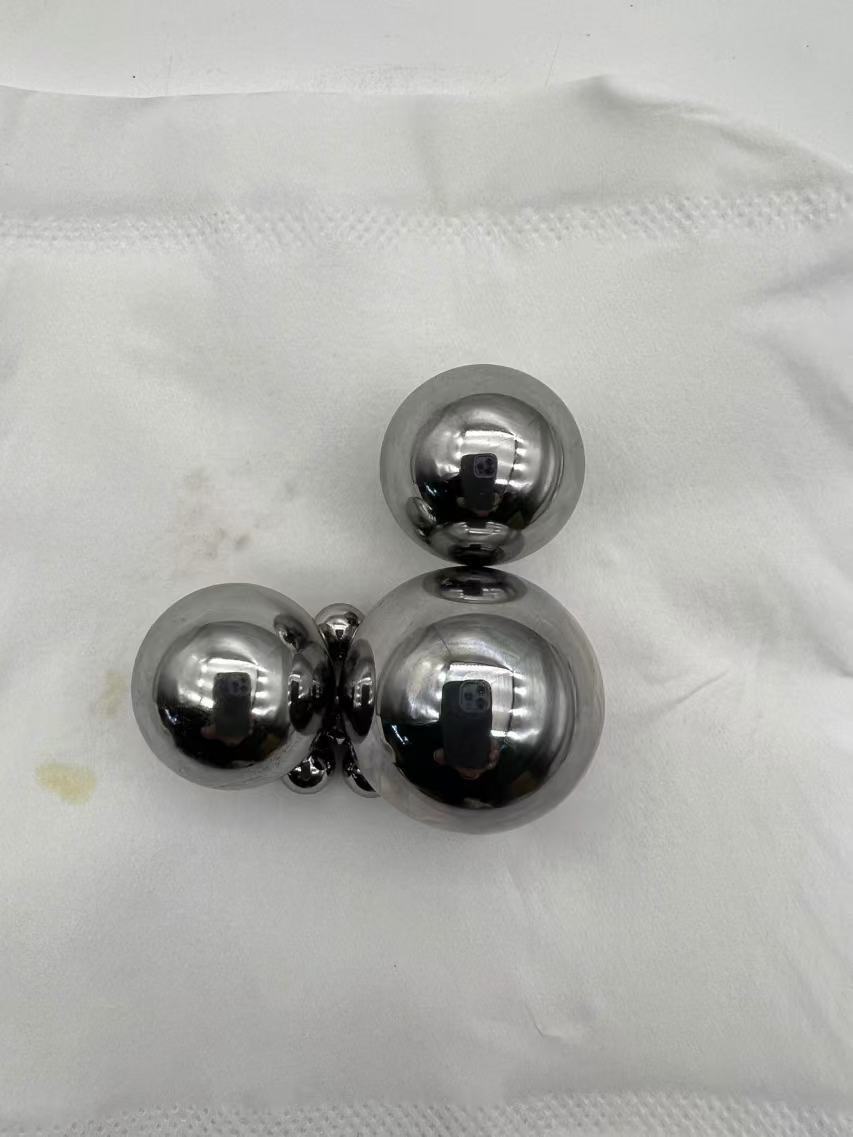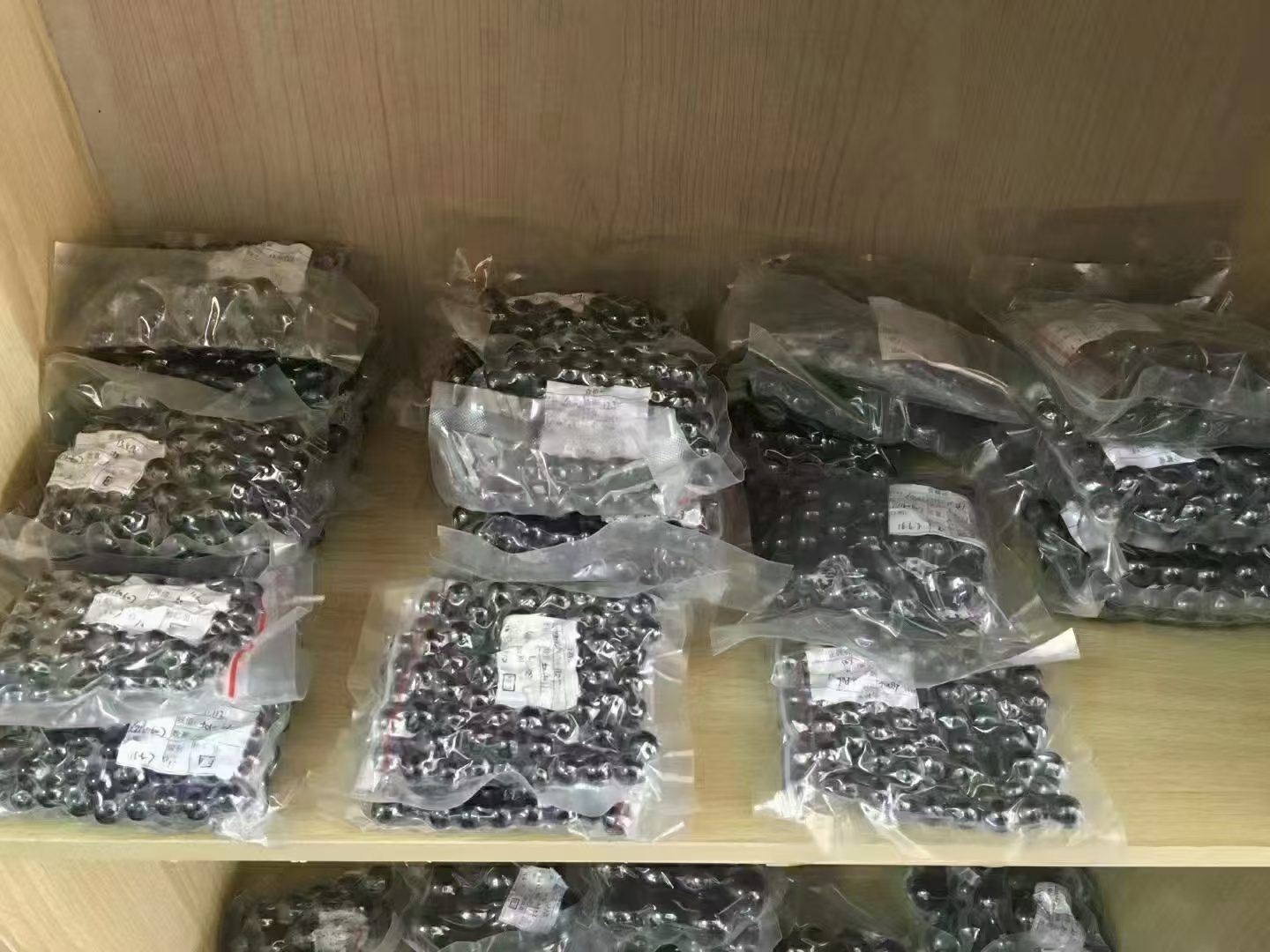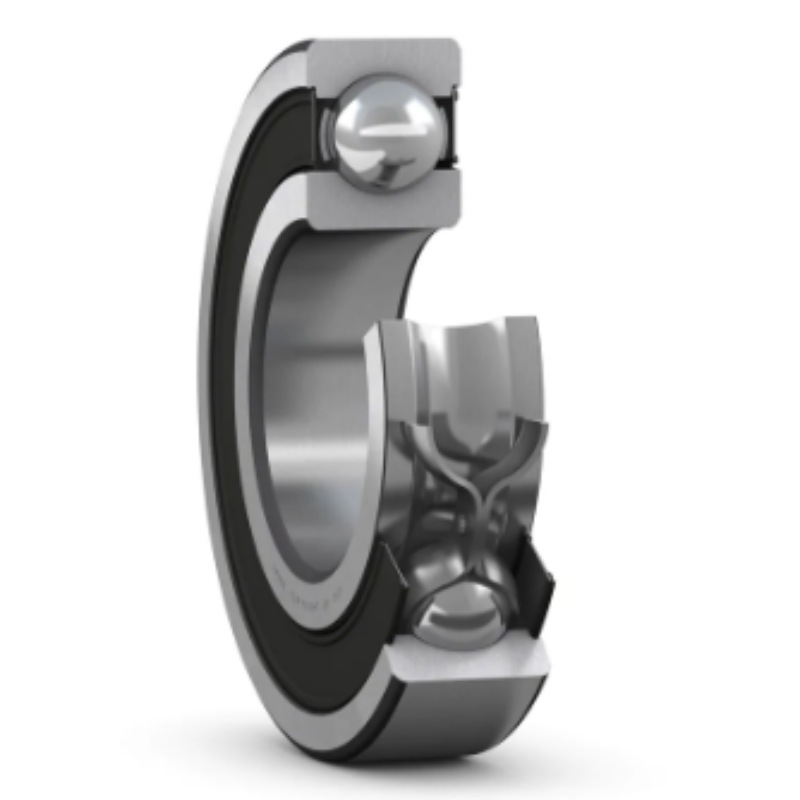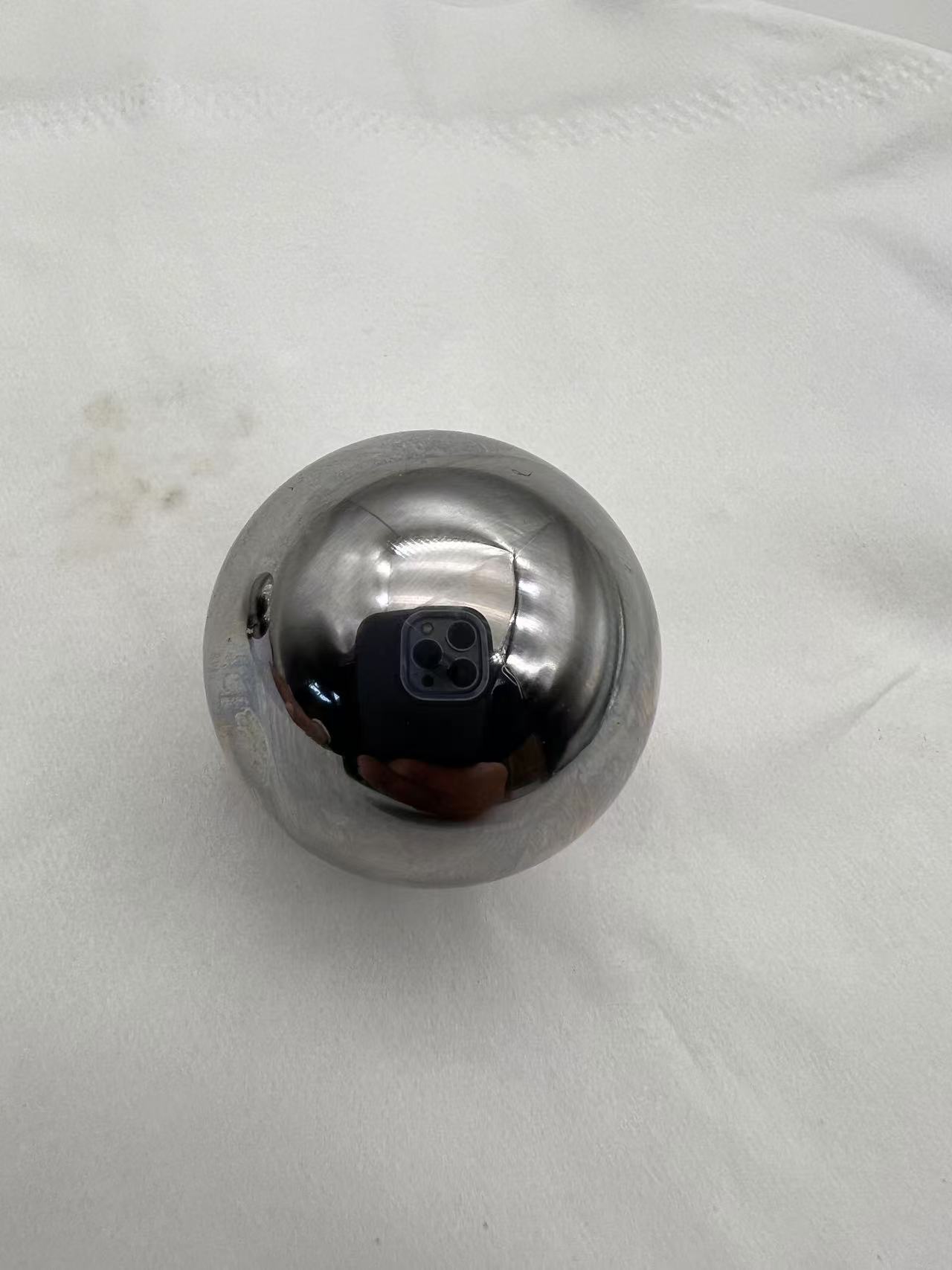Understanding G10 and G16 Precision Steel Balls: Key Components in Industrial Equipment
Release time:
Nov 19,2025
Precision steel balls are integral components used in a wide range of industrial applications, particularly in bearing accessories. Among the most commonly referenced grades are G10 and G16, which denote the tolerance levels for these steel balls. Understanding the distinctions between these grades is crucial for professionals in the industrial equipment sector.
The classification system for precision steel balls is based on the dimensional tolerances, which directly influence their performance in applications. G10 precision steel balls have a diameter tolerance of ±0.0005 inches, making them suitable for applications that require high precision and minimal friction. This grade is often utilized in high-performance bearings, precision instruments, and various machinery where tight tolerances are critical.
On the other hand, G16 precision steel balls have a slightly looser tolerance of ±0.001 inches. While they may not meet the stringent requirements of G10 balls, G16 balls still provide reliable performance in applications where extreme precision is not paramount. These balls are often used in less demanding environments, such as in general machinery, automotive applications, and various consumer products.
Both G10 and G16 precision steel balls are typically manufactured from high-carbon chrome steel, which imparts excellent hardness and wear resistance. Their smooth surface finish reduces friction and enhances the overall efficiency of the systems in which they are deployed. Additionally, these steel balls can undergo various surface treatments, such as polishing or coating, to further improve their performance and durability.
The selection between G10 and G16 precision steel balls largely depends on the specific requirements of the application at hand. Factors such as load capacity, speed, and environmental conditions should be taken into account when making a decision. For instance, in high-speed applications, opting for G10 may be more beneficial to minimize the risk of excessive wear and tear. Conversely, G16 may be preferred for applications with lower speed and load requirements, where cost-effectiveness is a consideration.
In conclusion, G10 and G16 precision steel balls play a pivotal role in enhancing the functionality of industrial equipment and bearing accessories. Understanding their characteristics helps professionals make informed decisions that can lead to improved efficiency and reliability in various mechanical systems. By carefully considering the application requirements, businesses can select the most appropriate grade of precision steel ball for their needs, ensuring optimal performance and longevity.
The classification system for precision steel balls is based on the dimensional tolerances, which directly influence their performance in applications. G10 precision steel balls have a diameter tolerance of ±0.0005 inches, making them suitable for applications that require high precision and minimal friction. This grade is often utilized in high-performance bearings, precision instruments, and various machinery where tight tolerances are critical.
On the other hand, G16 precision steel balls have a slightly looser tolerance of ±0.001 inches. While they may not meet the stringent requirements of G10 balls, G16 balls still provide reliable performance in applications where extreme precision is not paramount. These balls are often used in less demanding environments, such as in general machinery, automotive applications, and various consumer products.
Both G10 and G16 precision steel balls are typically manufactured from high-carbon chrome steel, which imparts excellent hardness and wear resistance. Their smooth surface finish reduces friction and enhances the overall efficiency of the systems in which they are deployed. Additionally, these steel balls can undergo various surface treatments, such as polishing or coating, to further improve their performance and durability.
The selection between G10 and G16 precision steel balls largely depends on the specific requirements of the application at hand. Factors such as load capacity, speed, and environmental conditions should be taken into account when making a decision. For instance, in high-speed applications, opting for G10 may be more beneficial to minimize the risk of excessive wear and tear. Conversely, G16 may be preferred for applications with lower speed and load requirements, where cost-effectiveness is a consideration.
In conclusion, G10 and G16 precision steel balls play a pivotal role in enhancing the functionality of industrial equipment and bearing accessories. Understanding their characteristics helps professionals make informed decisions that can lead to improved efficiency and reliability in various mechanical systems. By carefully considering the application requirements, businesses can select the most appropriate grade of precision steel ball for their needs, ensuring optimal performance and longevity.
News









